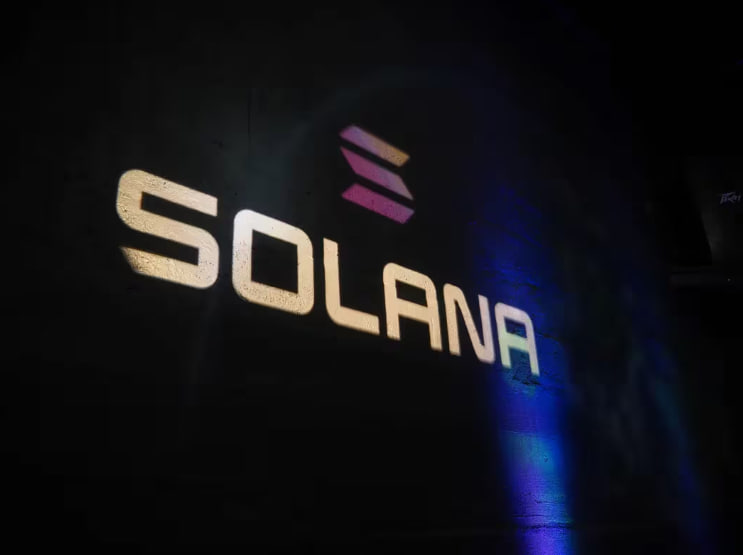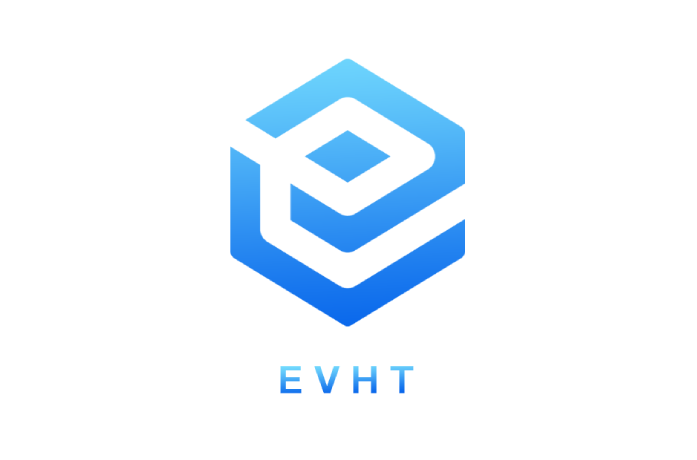Buying solana (SOL) is straightforward, but with numerous crypto exchanges on the market, it’s crucial potential investors consider other key factors before making a purchase.
- Solana is a high-speed blockchain platform capable of processing up to 65,000 transactions per second, with SOL as its native token.
- There are multiple methods to purchase SOL, including purchasing from centralized or decentralized exchanges, each with its own advantages and drawbacks.
- The rise of meme coins on Solana has significantly increased network activity, but they come with higher risks that investors should strongly consider before purchasing.
Cryptocurrency exchanges spend millions of marketing dollars convincing potential customers that purchasing solana (SOL), or any other cryptocurrency is quick and easy. They aren’t wrong. The act of purchasing cryptocurrency is quite simple.
However, it is vital that potential investors have a thorough understanding of solana (SOL), the native token of the Solana blockchain, including how the Solana blockchain works and which purchase methods are best for their geographic location when designing an investment strategy.
Understanding Solana and SOL
Solana is a smart contract-compatible blockchain platform that distinguishes itself from competitors with its hybrid consensus mechanism, a combination of proof-of-history and proof-of-stake. Solana’s unique consensus mechanism allows nodes, devices which validate and store transaction information on the blockchain, to process transactions without the need to communicate with one another, significantly reducing transaction processing time.
With its ability to theoretically process up to 65,000 transactions per second, Solana has been dubbed by the Blockchain Council as one of the fastest and most efficient blockchains in existence. This efficiency has an impact on network fees.
Advertisement
Advertisement
A network fee in the Solana ecosystem is the amount of SOL that an individual will pay to compensate node operators to process and validate their transactions. Solana’s efficiency reduces transaction costs, making it a preferred blockchain for meme coins and NFT transactions.
SOL has two primary functions in the Solana ecosystem. The first function, as mentioned, is to serve as payment to node operators for processing transactions and the second is to function as a mechanism to secure the Solana network via staking.
However, investors can also purchase SOL with the intention of holding, hoping that the price will increase in value against fiat currencies. There are a variety of ways in which SOL can be purchased. While crypto exchanges may convince users that buying SOL is simple and easy, the truth is that the best way to purchase the token depends on an investor’s aptitude with cryptocurrencies and personal investment strategy.
Choosing the right platform to buy SOL
According to CoinMarketCap, there are over 200 different centralized cryptocurrency exchanges in existence. With so many options, it is imperative that potential SOL investors choose the right exchange for their geographic region, their investment strategies and their comfort level with keeping ownership over their own digital assets.
Due to regulatory restrictions, not every cryptocurrency exchange operates in every country. It is always a good idea to check that the crypto exchange you plan to purchase SOL on is legally allowed to operate in the country you reside. There are also potential benefits to choosing a crypto exchange that is familiar with the tax and legal requirements of a specific country.
Advertisement
Advertisement
For instance, crypto exchanges that operate in the United States are likely to be more familiar with IRS tax reporting requirements and provide users with both information and documentation for tax reporting purposes.
You may also want to consider using a decentralized crypto exchange to buy SOL. Decentralized crypto exchanges operate without a central authority, where trades occur directly between users’ wallets and liquidity pools. Decentralized crypto exchanges use smart contracts to automate order matching and settlement.
In comparison centralized crypto exchanges are operated by a company that acts as an intermediary between buyers and sellers. They manage the order book, match buy and sell orders and facilitate trading.
Each platform has its benefits and drawbacks, highlighted below.
Purchasing SOL on a centralized exchange
Benefits
- Liquidity: Centralized exchanges often have higher liquidity, or the availability of liquid assets in a market, making it easier to buy and sell SOL quickly.
- Ease-of-use: Centralized exchanges are generally more user-friendly, offering intuitive interfaces and customer support.
- Regulation: Some users may prefer centralized exchanges due to the potential oversight of regulators and guardrails implemented by established crypto companies.
Drawbacks
- Custodial risk: When purchasing SOL on a centralized exchange, the exchange acts as a custodian of the tokens on the buyer’s behalf. Users have to trust the exchange with their funds, which can be vulnerable to hacking and mismanagement.
- Centralized control: Centralized crypto exchanges have control over vast amounts of funds and trading activities in the crypto financial system, which can lead to issues like trading downtime or manipulation.
- Privacy concerns: Centralized exchanges may require extensive personal information for KYC verification, raising privacy concerns.
Purchasing SOL on a decentralized exchange
Benefits
- Security: Decentralized exchanges reduce the risk of hacks and theft since users retain control of their private keys and funds.
- Anonymity: Unsers can trade on decentralized exchanges without extensive KYC and user screening requirements.
- Fees: Users still have to pay fees when purchasing SOL on a decentralized exchange. However, they only need to pay the network fee, the payment to node operators mentioned earlier. They do not need to pay additional fees to a centralized exchange.
Drawbacks
- Liquidity: Liquidity can be lower compared to centralized exchanges, leading to potential issues with executing large trades.
- User experience: Some decentralized exchanges may have a steeper learning curve and less intuitive interfaces compared to their centralized counterparts. Users will also have the responsibility of managing and securing their own private keys.
- Smart contract risks: Issues with smart contracts, such as bugs or vulnerabilities, can result in financial losses for users.
The purchasing process for buying SOL
How to buy SOL on a centralized exchange
To purchase SOL on a centralized exchange, first, choose a reputable crypto exchange that supports it, such as Coinbase, Binance or Kraken. Create an account by providing your email address and setting a strong password.
For security, complete the identity verification process, which typically requires a photo ID. After verifying your account, secure it further by enabling two-factor authentication (like Google Authenticator). You can then deposit funds using a bank transfer, credit card or other payment methods available on the exchange. Keep in mind that centralized exchanges can charge different fees based on the method used to fund the account.
Advertisement
Advertisement
Once your account is funded, navigate to the SOL trading section of the crypto exchange, select the appropriate trading pair (like SOL/USD) and execute your purchase. Always review the transaction details before executing the transaction.
How to buy SOL on a decentralized exchange
To buy SOL on a DEX such as Jupiter or Raydium, you will first need a wallet compatible with the Solana network. Ensure your wallet is funded with enough crypto to complete the purchase and cover the transaction fee. Connect your wallet to the DEX website; this often involves scanning a QR code or selecting a wallet connection option.
Once connected, choose the trading pair that matches your funding source (e.g., SOL/USDC). Set the amount of SOL you wish to buy and check the current liquidity and slippage to ensure you receive a fair exchange rate. Confirm the transaction, and once it’s processed, the purchased SOL will appear in your wallet.
Remember, trading on a DEX removes the intermediary but requires careful handling of your private keys and wallet security.
:format(jpg)/cloudfront-us-east-1.images.arcpublishing.com/coindesk/EIFKIBNQVZH7RAVJHNAJDXUCOI.jpg)
Buying Solana meme coins
According to data from Hello Moon, the number of active daily users on the Solana blockchain reached an all-time high in mid-March of 2024. The price of SOL also experienced strong bullish momentum. What caused this surge in activity?
Advertisement
Advertisement
In an interview with Solana co-founder Anatoly Yakovenko, CoinDesk’s Sam Kessler highlighted that growth in activity was due to meme coin transactions. Meme coins are digital tokens on a blockchain that are often inspired by animals, jokes or themes popular on the internet. Meme coin prices are often more volatile than other types of cryptocurrencies.
The process of buying meme coins on Solana is relatively the same as purchasing SOL. However, there are extra considerations that need to be made when purchasing meme coins. Meme coins are rife with scams but the allure of a quick pay day can blind some investors to the risks.
It is strongly recommended that investors interested in diving into the meme coin game thoroughly assess their personal risk tolerance and devise a sound investment strategy. Never invest more than you are willing to lose. CoinDesk also offers a thorough explainer on purchasing meme coins safely.
Securing purchased SOL
After purchasing SOL, buyers need to protect their investment. If SOL was purchased on a centralized crypto exchange, the crypto exchange acts as custodian of the cryptocurrency and users do not need to worry about securing their private keys but accounts still need to be protected.
Advertisement
Advertisement
Ensure your account is protected with a strong alphanumeric password and turn on two-factor authentication (2FA), though preferably not SMS, which lacks end-to-end encryption. It is wise to regularly update passwords.
If purchased on a decentralized exchange, the buyer acts as custodian of their private keys and needs to keep them secure. Private keys can be stored in either a cold wallet that is not connected to the internet or a hot wallet that is connected to the internet.
It is recommended that investors planning on holding SOL over longer periods of time store their crypto in a cold wallet, which are less vulnerable to hacks if never used to sign a transaction online. Never share your private keys with anyone, ever.
Editor’s Note: This article does not constitute investment advice and is not intended to invite or induce investment in solana (SOL) or any other cryptocurrency. It is meant for factual and educational purposes, with respect to certain aspects of SOL and its associated blockchain, for those who might be interested. Cryptocurrency is a high-risk investment and you should not expect to be protected if something goes wrong.




